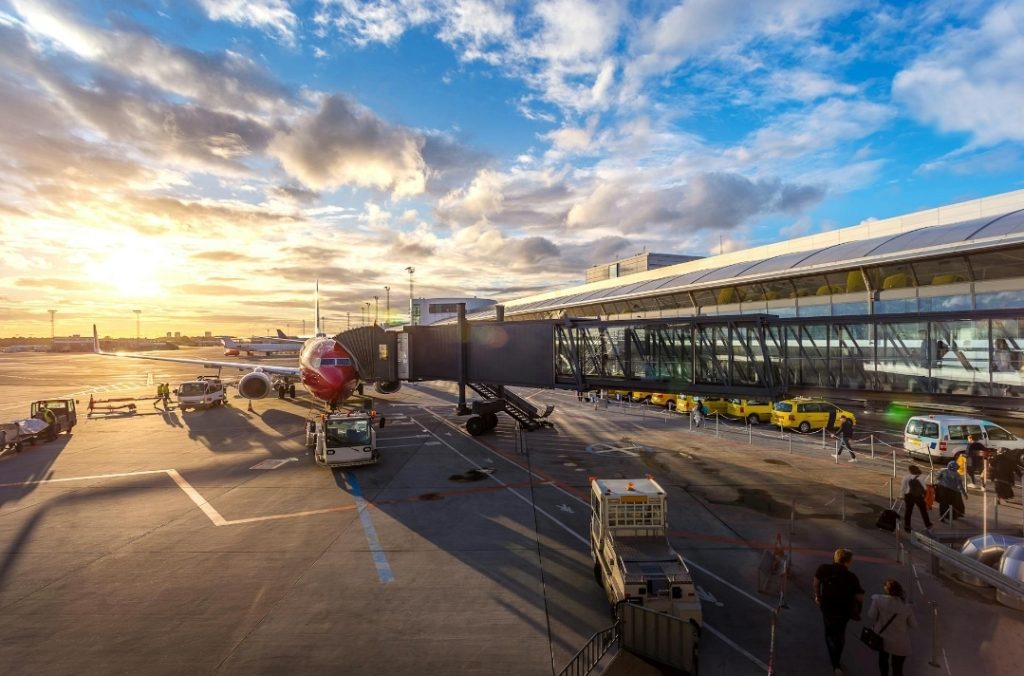Durability and precision will be the focus of aerospace engineering in the future. Manufacturers recognize the need for aircraft that will hold up under demanding conditions. At the same time, this aircraft must operate with exacting tolerances. Finding the right combination is crucial for success.
Durability in Aerospace Design
Atmospheric flight puts a significant amount of stress on an aircraft. Manufacturers must create engines, airframes, and other aeronautical systems that function reliably when exposed to extreme forces, temperature fluctuations, and the elements. Aerospace Protective Solutions help manufacturers achieve the goal of creating reliable components.
Researchers continue to study different materials to see how they hold up under these conditions. They are testing alloys, composites, and ceramics that are lighter, stronger, and more durable. Advances in this area will lead to the development of aircraft components that resist wear, fatigue, and impact damage. In addition, manufacturers are working to create self-healing materials for use on aircraft.
Today, manufacturers often incorporate diagnostic and prognostic systems that boost the durability of aerospace platforms. These systems monitor the health and performance of various parts of the aircraft. Doing so allows owners to know when maintenance is needed and when a part must be replaced. These systems help reduce the risk of in-flight failures. Predictive maintenance also helps increase the lifespan of the aircraft.
Precision in Aerospace Systems
Precision is critical in the aerospace industry. Highly complex avionics, guidance, and control systems are essential to modern flight. They must operate with exacting tolerances to keep humans safe. Thanks to advances in the industry, flight systems offer unprecedented accuracy and responsiveness. They allow for tighter maneuverability while reducing the workload of the pilot. Navigation systems are more accurate, allowing for complex missions.
When designing aerospace components, engineers must make this precision a priority. Tolerances have tightened, leading to the need for advanced metrology and quality control techniques. 3D printing is currently being used in the industry and its role will expand in the coming years. The additive manufacturing process will allow manufacturers to produce highly complex parts with intricate internal geometries.
Aerospace Protective Solutions
Effective protective solutions are needed to ensure the durability and precision of these systems. Manufacturers may use coatings and sealants or shielding and enclosures. Doing so offers a way to protect sensitive electronic components from harm. They protect sensitive circuitry from the effects of vibration, temperature extremes, and exposure to corrosive elements.
However, the exterior surfaces of the aircraft must also be protected from the elements, erosion, and impact damage. Specialized coatings and ablative materials are two ways to provide this protection. In the future, expect to see adaptive protective systems. These systems are self-monitoring and will adjust to offer the highest level of protection, even as the operational environment changes.
The aerospace industry is evolving, with companies focusing more on durability and precision today. Leveraging advancements in the industry allows manufacturers to construct aircraft that are more reliable, efficient, and capable than ever before. Resiliency and accuracy are priorities when they do so. Innovation remains the focus of the industry, one which is pushing the boundaries of what is possible.

